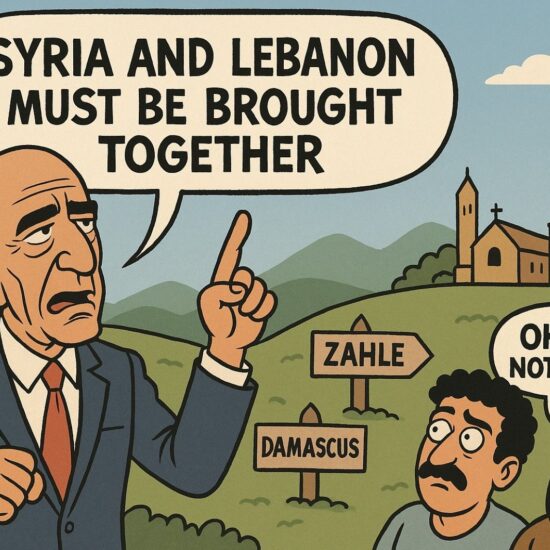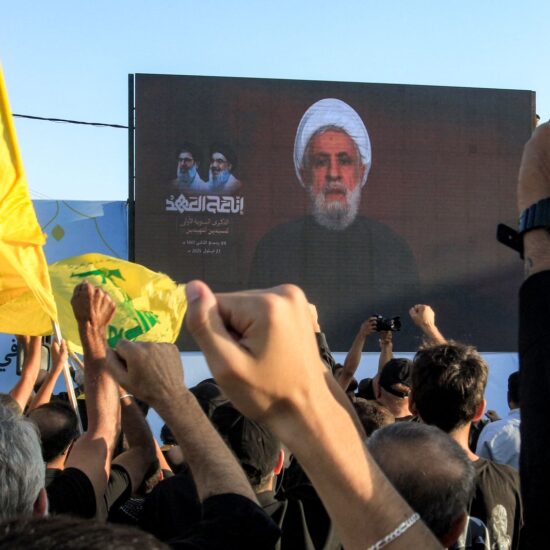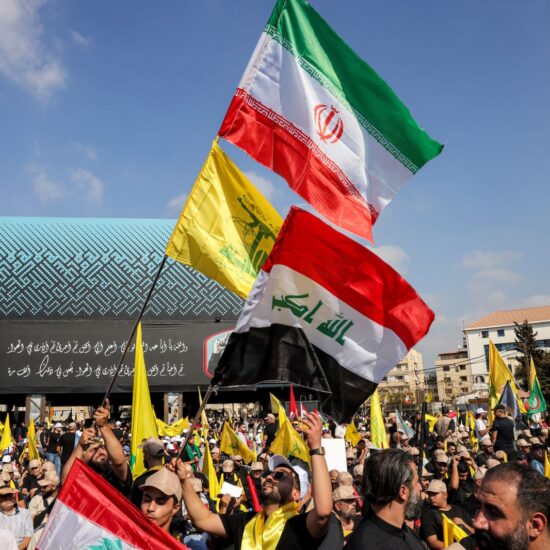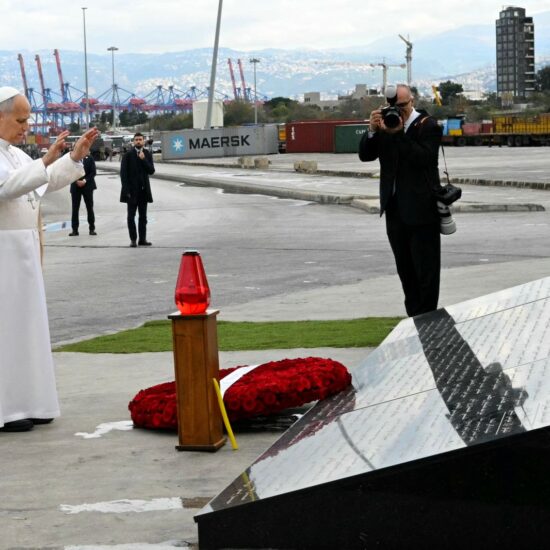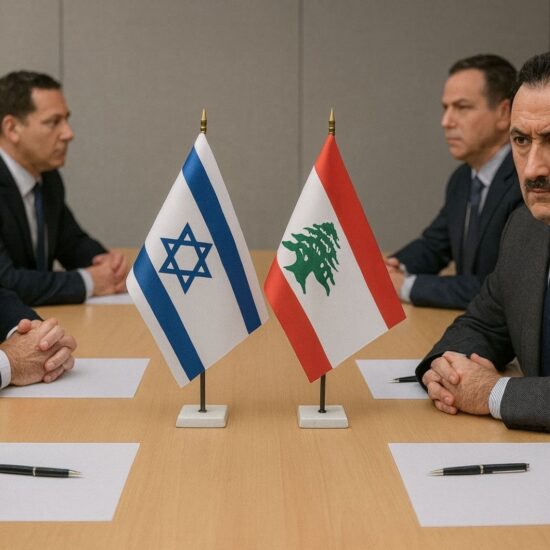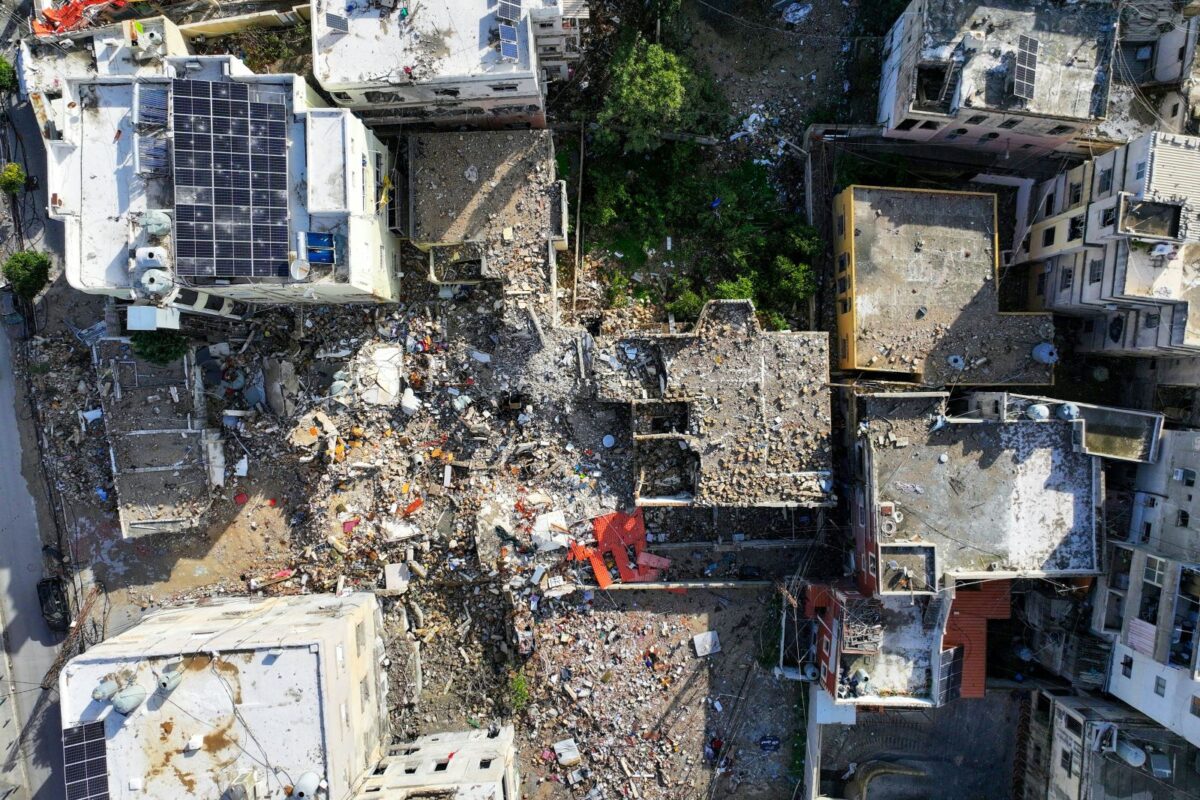
Over a month after the Israel-Lebanon ceasefire agreement, civilians in southern and Eastern Lebanon remain at risk from the lingering threat of unexploded cluster munitions left behind by the Israeli army during the 14-month conflict
The aftermath of relentless Israeli airstrikes and artillery barrages is highly visible across the landscape of Southern Lebanon, with unexploded ordnance and debris lying among the ruins of shattered homes and the once-thriving olive groves.
These dangerous remnants not only serve as a painful reminder of the recent war but also pose a serious threat to the fragile peace, endangering lives and disrupting efforts among communities as they return to rebuild.
A Lebanese delegation, speaking at the international mine-ban treaty review conference in Cambodia, warned that the amount of unexploded ordnance (UXO) poses a greater challenge than what the country faced after the 2006 war, The New Arab reported.
Cluster munitions are banned under international law because they disperse numerous smaller explosives, known as submunitions, over a large area. Many of these submunitions fail to go off, effectively turning into hidden landmines. This creates a persistent danger to civilians, who may unknowingly encounter them long after the fighting has ended, causing injuries, and deaths, and hindering the recovery and use of affected lands.
Although exact data on the unexploded ordnance (UXO) left behind in the country is not yet available, the scale of the bombardment gives a sense of the potential danger. In just two days in September, the Israeli military reported carrying out 3,000 attacks and dropping 2,000 munitions.
According to experts in the field, this level of intensity raises concerns about the widespread presence of unexploded explosives, which could pose significant risks to civilians and impede recovery efforts for years to come.
The Legal Agenda, a Beirut-based nonprofit research and advocacy organization, reported that the Lebanese state documented 15 cluster bomb attacks in November alone. These attacks affected several districts, including Marjayoun, Nabatieh, Bint Jbeil, and Jezzine.
Abbas Awada, the mayor of Naqoura, a town in the southern city of Tyre and the headquarters of UNIFIL in Lebanon, has sad in a statement on Tuesday, “The town has been nearly completely destroyed and I urge the residents to be patient before returning, awaiting a field inspection due to concerns about the presence of unexploded ordnance.”
The Lebanese army began deploying to the southern coastal city of Naqoura after the Israeli military’s withdrawal as part of the ceasefire agreement reached in November.
A video released by the Lebanese army showed military vehicles, supported by the UN Interim Force, moving through Naqoura in the Tyre district. Following their arrival, specialized units will conduct surveys to remove unexploded ordnance, according to the army.
This deployment in Naqoura is part of a broader effort, with similar actions already taken in the southern towns of Khiam and Shamaa, where Israeli forces have withdrawn since the ceasefire between Hezbollah and Israel took effect.
Olive farmers in South Lebanon were cautioned by the Lebanese military to stay away from the lands because of the high risk posed by unexploded ordnance scattered across the lands.
“This precaution is necessary for safety, but it has had devastating consequences for thousands of families who depend on the olive harvest for their livelihood.” George Nakad, Mayor of Deir Mimas in South Lebanon told NOW.
The loss of this critical agricultural season comes at a time when Lebanon’s economy is already under severe strain, grappling with the effects of the recent war too.
In 2006, the failure rates for Israeli munitions, including cluster bombs, were alarmingly high, with estimates ranging from 50 per cent to 70 per cent in certain areas, according to the United Nations Mine Action Service (UNMAS). This means that up to two-thirds of the explosives failed to detonate at the moment of impact, leaving behind a dangerous legacy of unexploded ordnance (UXO), reported The New Arab.
These remnants pose a long-term threat to civilian populations in villages, as they can explode without warning, causing injuries or fatalities and hindering efforts to safely return to and rebuild affected areas, as is happening with olive farmers.
“Our experience in 2006 taught us an important lesson,” the delegate explained. “During that time, most of the victims were injured or killed within the first 10 days after the ceasefire because they were unaware of the dangers posed by unexploded ordnance.” The New Arab reported.
To avoid a repeat of past tragedies, the delegation has launched a United Nations-supported television campaign designed to educate the public, especially younger generations who may be unaware of the risks.
“The dangers come from a variety of unexploded ordnance, including bombs, aircraft munitions, and missiles,” the delegate explained. “On top of that, we are dealing with the added challenge of white phosphorus contamination, which is exceptionally hazardous and difficult to manage.”
In October, Hezbollah called on international humanitarian and legal organizations to condemn these crimes and described the use of such weapons as “a new barbaric crime that adds to the series of atrocities against the Lebanese and Palestinian people” committed by the Israeli state.
In the statement, Hezbollah also claims Israel used these weapons in Lebanon “because it has recognized the incapacity of the international community and organizations to confront its crimes.”
For the many in Southern Lebanon, lands are not only a source of income but a part of identity and heritage, yet the fear of triggering hidden cluster bombs keeps many of the land owners away.
Mohammed, a 62-year-old Doctor who comes from Marjayoun told NOW: “Now, we can’t even walk there. The land feels cursed, and I don’t know how long it will take before it’s safe again, it’s like the war never really ended for us.”
Rodayna Raydan is a Lebanese-British journalist. You can follow her on Twitter @Rodayna_462
The views in this story reflect those of the author alone and do not necessarily reflect the beliefs of NOW.



